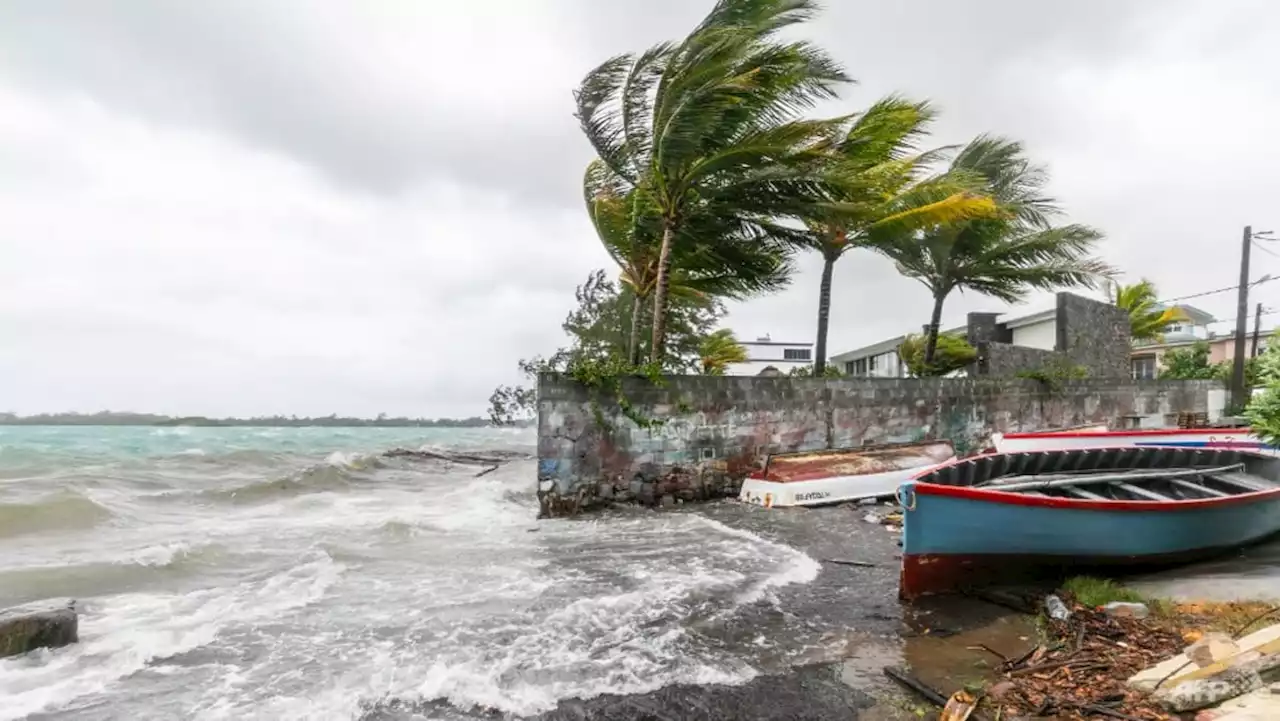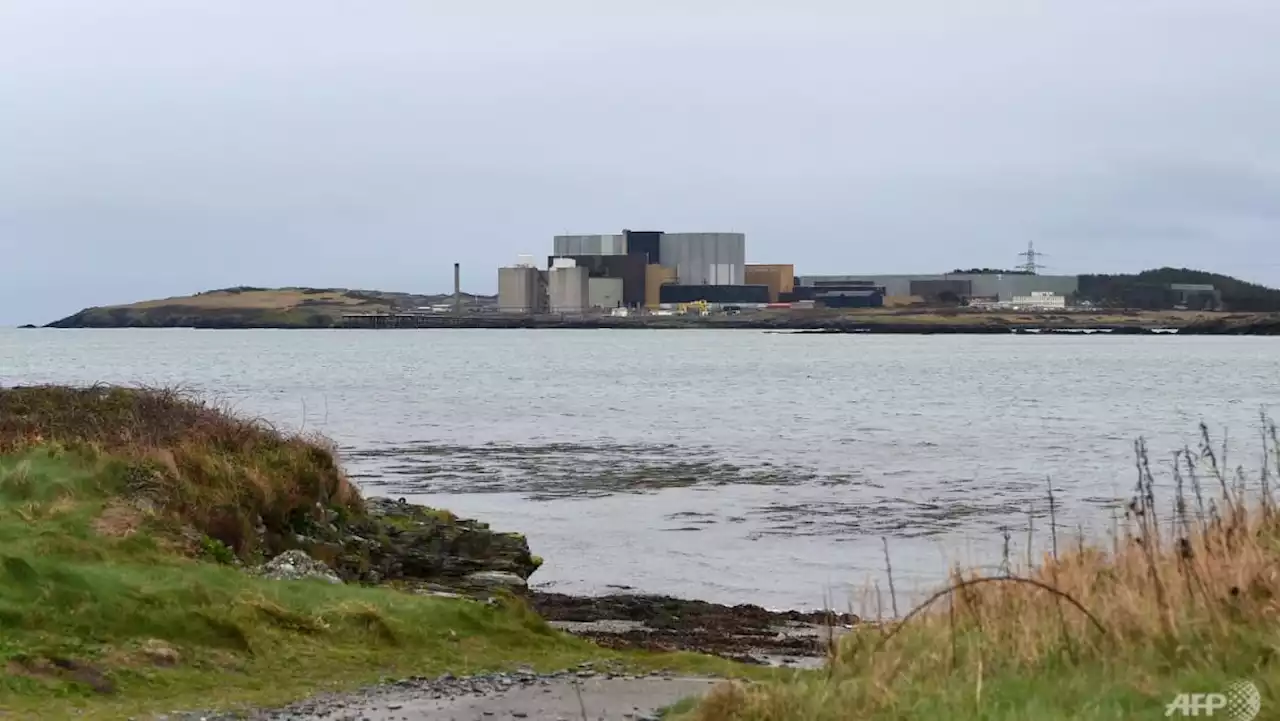Up a valley in North Wales, past the village of Llanberis, stands a cluster of stone buildings beside a long-disused slate quarry. The mountains stretch away, and sheep graze on the hillsides. Aside from a dam-like concrete pier jutting into a lake below some old mine workings, nothing suggests you are next to one o
Concealed within a nearby mountain is a cathedral-scale hydroelectric operation connecting a lake on the summit with the valley before you.
Its purpose was to protect the grid against demand surges or sudden outages. “Do you remember ‘The Thorn Birds’?” asks Armstrong, referring to the popular miniseries that aired on British television in the early 1980s. No longer. As the world tries to cast off its dependence on fossil fuels, electricity grids are becoming ever more reliant on renewable generation, which needs backup for those times when the wind and sun don’t play ball.
It has four pumped-storage hydroelectricity facilities that can store around 24 GW-hours of power and squirt it back into the grid at a rate of 2.3GW — meaning they could run at full power for around 10 hours before being exhausted. While thermal stations can track consumer demand by flipping units off and on, renewables can only deliver what nature gives them. Solar, for instance, dies off in the evening just as demand peaks. This creates the need for backup, which is where storage comes in.
MacKay looked first at short-term needs: the sort of intraday variability that might be caused by the sun going behind a cloud or the wind suddenly dropping, or weather changes from one day to the next. In 2020, data from National Grid ESO, the UK’s national grid operator, and Exelon Corp showed that while wind generated up to 55 per cent of the UK’s electricity on some days, there were patches, including one five-day stretch and two of four days, where it produced 10 per cent or less. Such lulls require a very big watering can.
To electrify transport and domestic heating, as its net-zero strategy requires, the UK will need much more generating capacity. The most heavily electrified scenario prepared by National Grid ESO envisages 157GW of wind on the network in 2050 . “It was called piles of coal sitting outside power stations. They were stores of energy waiting to be burned. By turning off coal, and now increasingly gas, we’re actually getting rid of about 70 per cent of the storage we had to back up the electricity system.”
But with Britain’s fossil-fuel-generating capacity set to fall by a quarter this decade, before vanishing by 2050, the question is how much of the growing gap can be filled with batteries, pumped storage and the like. But further developments are likely to attract fierce environmental opposition. Dinorwig had to be put inside a mountain to get around such objections. MacKay estimated that the maximum might be no more than 400 GWh.
Then there are other issues, such as batteries’ consumption of scarce rare metals, as well as the steady degradation of batteries after a certain number of charge and release cycles. Compressed air uses lots of energy to squash the air on the way in, while reversing the process requires the expanding air to be reheated — generally with gas — before going through the turbines. Not only is more than half the energy lost, but the gas reheating creates emissions, too.
Another proposes running railway cars loaded with concrete up hills, but this again is nature-dependent and somewhat ill-suited for British terrain. The main problems? Well, green hydrogen is very expensive, costing from US$2.50 to US$6 a kilogram to make . National Grid ESO’s plans for 2050 take into account just a fraction of those numbers. Instead, it has turned the problem on its head, looking to fit demand around the uncertainties of production.
The grid is hedging its bets. It also expects to rely on fossil-fuel generation — abated with carbon capture and storage, a technology that has yet to be proven at scale and for which Britain has no policy framework in place. Hopes are also being pinned on securing large-scale imports through interconnectors to other countries.
The cost of electricity from wind turbines and solar panels may have fallen dramatically, but storage represents an “on-top” charge that consumers would have to assume.
Philippines Latest News, Philippines Headlines
Similar News:You can also read news stories similar to this one that we have collected from other news sources.
 Thousands lose power but Mauritius escapes 'major damage' from cyclonePORT LOUIS: Thousands of homes were left without power in Mauritius on Wednesday (Feb 2) but the Indian Ocean island nation escaped without \u0022major damage\u0022 from a battering by powerful cyclone winds. Tropical cyclone Batsirai passed within 130km of the popular holiday destination, bri
Thousands lose power but Mauritius escapes 'major damage' from cyclonePORT LOUIS: Thousands of homes were left without power in Mauritius on Wednesday (Feb 2) but the Indian Ocean island nation escaped without \u0022major damage\u0022 from a battering by powerful cyclone winds. Tropical cyclone Batsirai passed within 130km of the popular holiday destination, bri
Read more »
 Young Cuban seeks fame through shoulder blade powerHAVANA : In the boondocks of central Cuba, Christian Enmanuel Castellanos dreams of catapulting to stardom not through the traditional means of baseball or music, but his unusually extended and flexible shoulder blades.Earlier this week the 22-year-old claims he broke the Guinness World Record for pulling
Young Cuban seeks fame through shoulder blade powerHAVANA : In the boondocks of central Cuba, Christian Enmanuel Castellanos dreams of catapulting to stardom not through the traditional means of baseball or music, but his unusually extended and flexible shoulder blades.Earlier this week the 22-year-old claims he broke the Guinness World Record for pulling
Read more »
 China inks $8 billion nuclear power plant deal in ArgentinaState-owned China National Nuclear Corp (CNNC) has signed a contract in Argentina to build the $8 billion Atucha III nuclear power plant using China's Hualong One technology, reviving a deal that had been stalled for years.CNNC said on its WeChat account late on Tuesday that it had signed an engineering,
China inks $8 billion nuclear power plant deal in ArgentinaState-owned China National Nuclear Corp (CNNC) has signed a contract in Argentina to build the $8 billion Atucha III nuclear power plant using China's Hualong One technology, reviving a deal that had been stalled for years.CNNC said on its WeChat account late on Tuesday that it had signed an engineering,
Read more »
 Australia fly in coffee expert to power them to Beijing goldBEIJING: Australian athletes at the Winter Olympics have a \u0022performance-enhancing stimulant\u0022 to power them to gold - flying their own barista into the coronavirus-secure Beijing bubble. T
Australia fly in coffee expert to power them to Beijing goldBEIJING: Australian athletes at the Winter Olympics have a \u0022performance-enhancing stimulant\u0022 to power them to gold - flying their own barista into the coronavirus-secure Beijing bubble. T
Read more »
 Kirsten Dunst Hates Kissing On-Screen: 'I'm Not Comfortable With That''The Power of the Dog' star is 'never comfortable' with smooching scenes.
Kirsten Dunst Hates Kissing On-Screen: 'I'm Not Comfortable With That''The Power of the Dog' star is 'never comfortable' with smooching scenes.
Read more »
 Swisscom names Aeschlimann CEO, one-offs swell 2021 net profitZURICH : Swisscom named Christoph Aeschlimann as new chief executive on Thursday to succeed Urs Schaeppi when he steps down on June 1 after nine years in the post, the company said as it reported results.Aeschlimann, 45, is head of infrastructure, network and IT and a member of the group executive board.
Swisscom names Aeschlimann CEO, one-offs swell 2021 net profitZURICH : Swisscom named Christoph Aeschlimann as new chief executive on Thursday to succeed Urs Schaeppi when he steps down on June 1 after nine years in the post, the company said as it reported results.Aeschlimann, 45, is head of infrastructure, network and IT and a member of the group executive board.
Read more »
